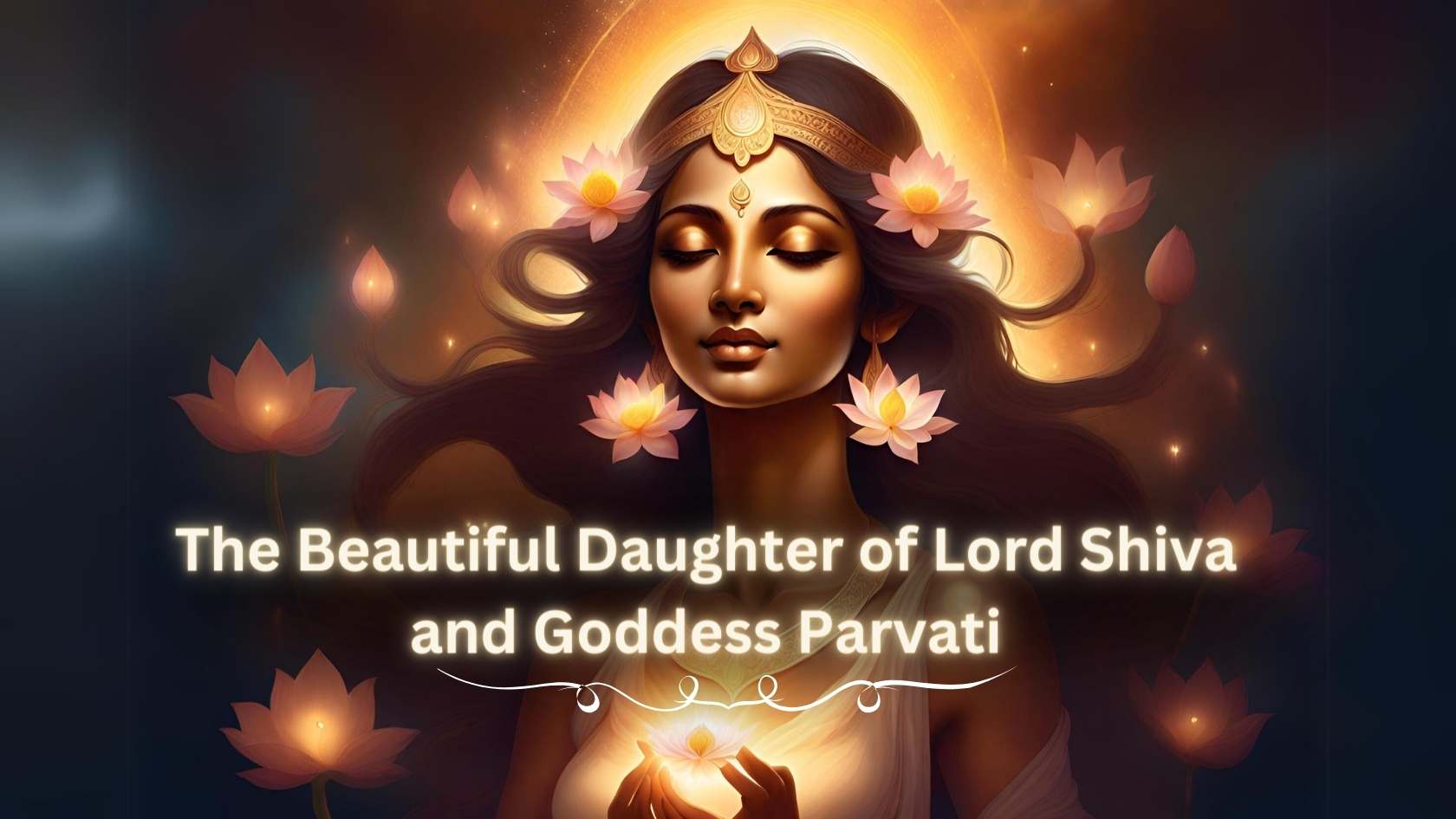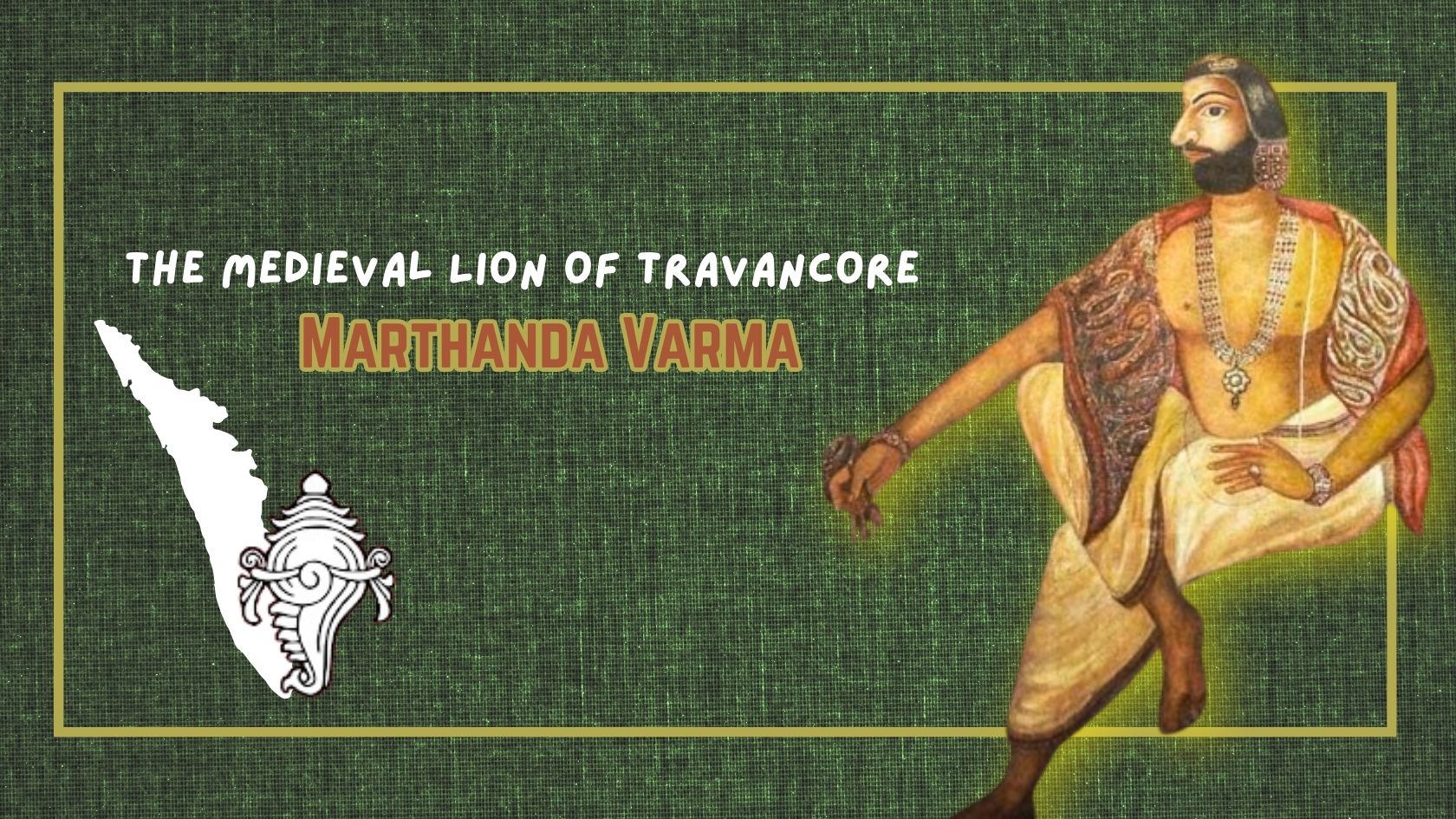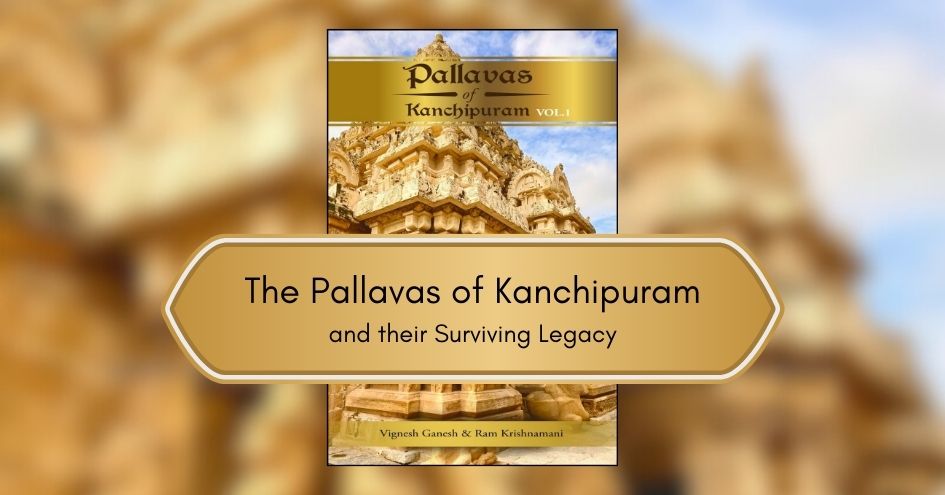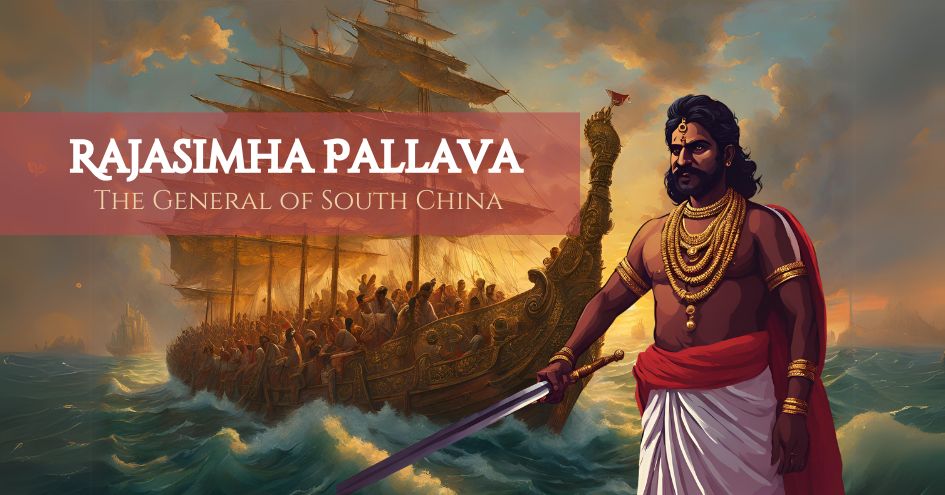
In the rich complex heritage of Hindu spirituality, the stories of deities and their divine narratives are woven into the cultural fabric of India. Among the lesser-known deities in Hinduism, Ashokasundari, also known as Bala Tripurasundari, is a beautiful and enchanting goddess who is the daughter of the powerful and revered deities Lord Shiva and Goddess Parvati. Ashokasundari's tale is primarily recounted in the Padma Purana, and while she may not be widely acknowledged in mainstream Hinduism, her tales and legends hold a significant place in the hearts of those who celebrate her divine essence.
The Meaning of Ashokasundari's Name:
Ashokasundari's name carries profound symbolism. It is derived from two Sanskrit words: "Ashoka," meaning "without sorrow," and "Sundari," signifying "a beautiful woman." Consequently, Ashokasundari translates to "a beautiful woman free from sorrow." Her name encapsulates her role in dispelling the sorrows and bringing joy to those who revere her.
The Birth of Ashokasundari:
The legend surrounding Ashokasundari's birth unfolds in the Padma Purana. Goddess Parvati, feeling lonely when Lord Kartikeya, her elder son, left Kailash, prayed for a companion. In response to her heartfelt wish, Lord Shiva showed her the Kalpavriksha, the wish-fulfilling tree. With divine consent, Parvati created a clay image of a girl child and offered her prayers under the Kalpavriksha. Miraculously, the clay image transformed into a real, virtuous, and beautiful daughter, whom they named Ashokasundari.
Ashokasundari's Appearance:
Described as a vision of loveliness, Ashokasundari embodied beauty and grace in every aspect of her being. Her large and lotus-like eyes, lotus-like face, hands resembling lotuses, and golden-hued complexion radiated with the glow of divinity. Her hair, adorned with fragrant flowers, cascaded in delicate curls, accentuating her enchanting form.
This divine maiden's beauty extended to her lotus-like feet, which resembled red lotuses. Her presence brought a sense of enchantment, which perfectly suited her name.
Goddess Parvati's Blessings and Nahusha's Destiny:
Ashokasundari approached Lord Shiva and Goddess Parvati with humility and curiosity, seeking the purpose of her existence. Goddess Parvati lovingly explained that Ashokasundari was born out of her longing for companionship and that she was a treasure of beauty and good fortune. Her destiny, Goddess Parvati revealed, was to be the wife of Nahusha, who would later become a king in the lunar family, much like the esteemed god Indra.
The Curse of Hunda:
Ashokasundari's life took a dramatic turn when a demon named Hunda sought to claim her as his bride. However, she remained steadfast in her devotion to Nahusha, her ordained future husband. After a series of events, Hunda's evil intentions and deception were exposed, and he was ultimately cursed by Ashokasundari to meet his demise at the hands of Nahusha.
The Marriage of Ashokasundari and Nahusha:
Nahusha's birth and transformation into a young man, as described in the Padma Purana, brought him closer to his destined union with Ashokasundari. The two met and fell in love, and they were married in a divine ceremony attended by celestial beings, gods, and sages. The legend of Ashokasundari's marriage is a testament to the power of destiny, love, and the fulfillment of divine prophecies.
Nahusha's Reign and Departure:
Nahusha's life took another twist as he ascended to the throne of heaven when Indra was temporarily absent. Despite his initial nobility, Nahusha's arrogance led to a downfall. He requested Indrani, Indra's wife, to accompany him, and she imposed a condition that he must arrive in a palanquin carried by the seven sages, the Saptarishi.
Nahusha's insolence during the journey led to his transformation into a serpent, a curse pronounced by Sage Agastya. This transformation was in line with the cosmic order, and Ashokasundari's presence during these events was a testament to her strength and poise.
The Journey of Ashokasundari and Nahusha:
After Nahusha's transformation, Ashokasundari remained a devoted and steadfast companion. They left Kailash, their celestial abode, and embarked on a journey together. The stories of their travels and adventures have been passed down through various traditions, highlighting their resilience and unwavering bond.
Ashokasundari's Connection to Salt:
An intriguing aspect of Ashokasundari's lore is her connection to salt. In one variation of the narrative, when Lord Shiva beheaded Lord Ganesha and Ashokasundari witnessed the distressing event, she hid behind a sack of salt. As a result, she was associated with salt, which adds flavor and essence to food. This symbolic connection reflects her ability to alleviate sorrows and enhance the flavors of life.
The Worship of Ashokasundari:
Ashokasundari's worship is not as widespread as that of other Hindu deities, but she holds a special place in the hearts of her devotees. She is predominantly worshipped in South India and Gujarat, where she is revered in the form of Bala Tripura Sundari.
While her worship may not be as prominent as that of some other deities, Ashokasundari's stories and symbolism continue to resonate with those who seek solace, beauty, and the dispelling of sorrows in their lives.
Ashokasundari, the beautiful daughter of Lord Shiva and Goddess Parvati, embodies the essence of beauty, grace, and the fulfillment of divine wishes. Her stories, though lesser-known, are cherished by those who turn to her for comfort and inspiration. In her tales, we find themes of companionship, destiny, and the enduring power of love and devotion, all of which resonate deeply within the intricate tapestry of Hindu spirituality and culture.
NEXT ARTICLE

Shri Ramachandra Prasad's captivating narrative and the hot chai that was served at the right time transported me to ancient Kerala, where the extraor...

Introduction In Bharatvarsha, History is not the account narrated by victors. It is the record left behind by survivors. The study of Indian History...

It is the first-half of the 8th Century C.E. in South India. The Pallava kingdom possesses strength and prosperity with some of the greatest monument...